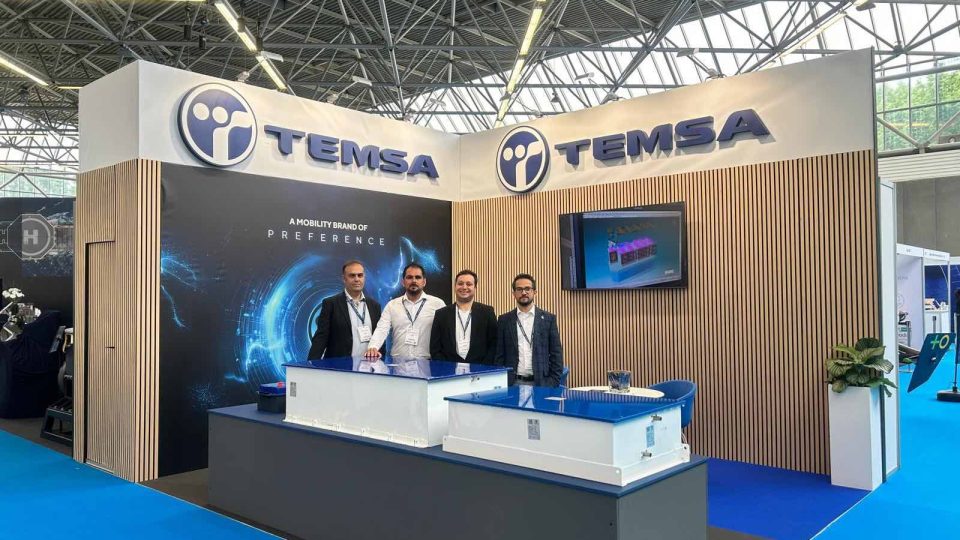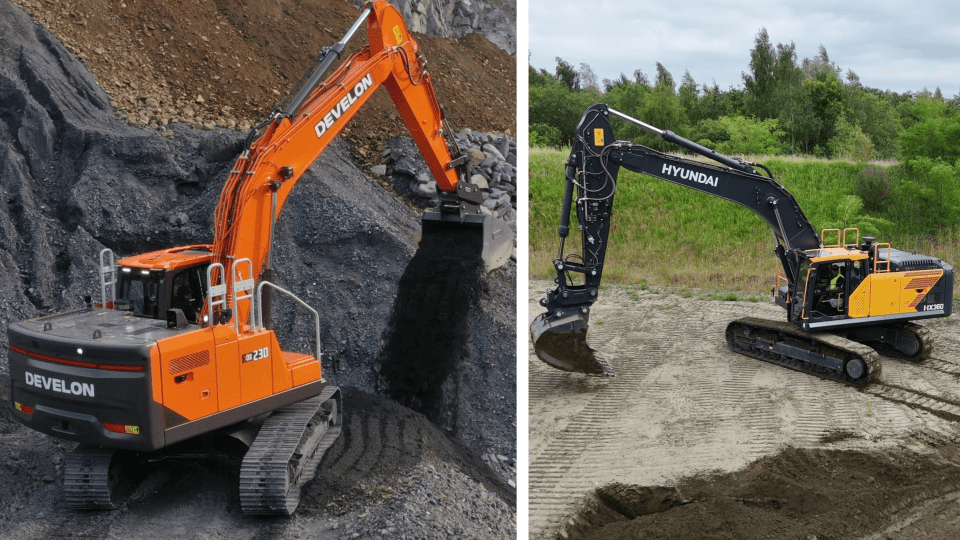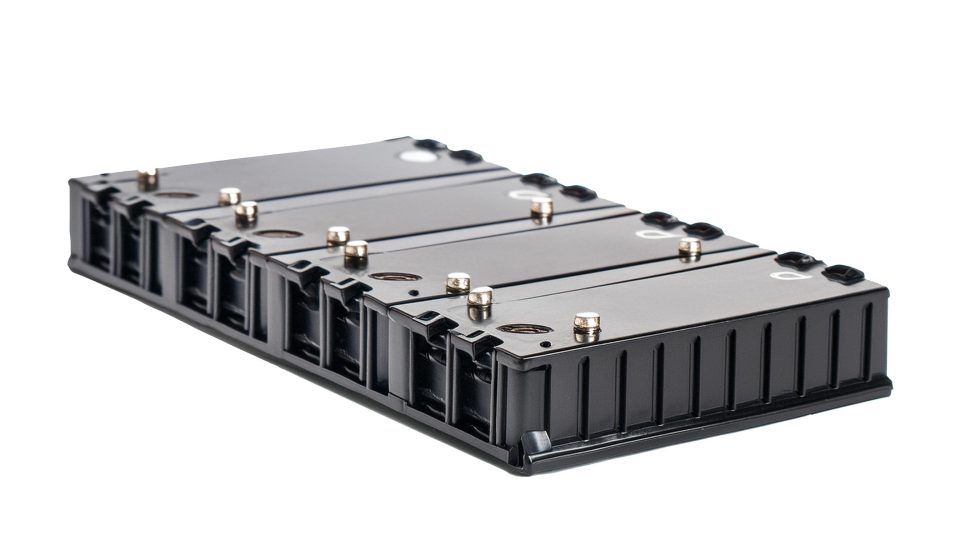Vulkan RATO S couplings for Grimaldi Group: the story of a conversion (Part One)
Grimaldi Group has turned to Vulkan for the replacement of two propulsion engine couplings installed on board the Cruise Smeralda motor vessel with the RATO S couplings from Vulkan. In this case, conversion means the installation of a new type of couplings compared to the previous ones. A project started in early 2019 and ended […]
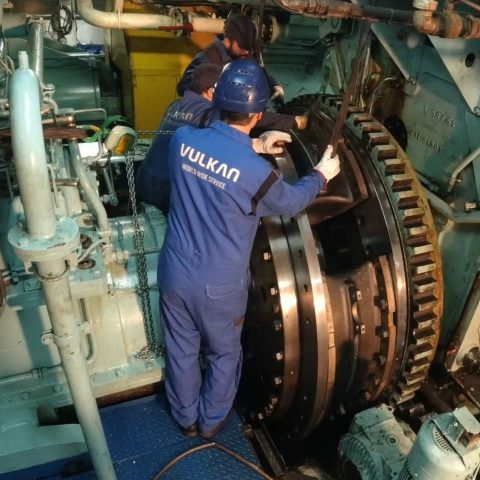
Grimaldi Group has turned to Vulkan for the replacement of two propulsion engine couplings installed on board the Cruise Smeralda motor vessel with the RATO S couplings from Vulkan. In this case, conversion means the installation of a new type of couplings compared to the previous ones. A project started in early 2019 and ended last year with the assembly and tests carried out on the two RATO S couplings, customized so as not to affect the original layout of the Cruise Smeralda’s propulsion system.
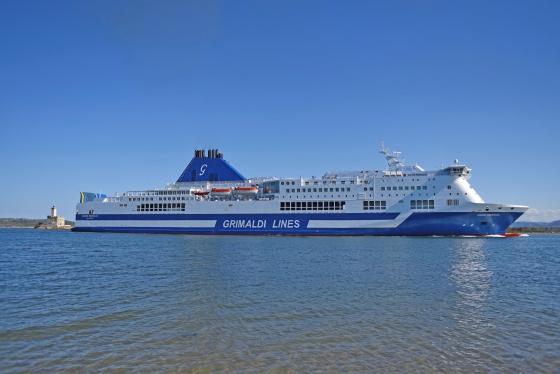
Vulkan and Grimaldi: talking about the whole project
We turned to the actual protagonists of this project: Giulio Alberti, After Sales Service Manager at Vulkan Italia (here’s a previous interview dealing with the topic of service), and Ferdinando De Angelis, inspector and technical manager at Grimaldi Group, who began by ‘introducing’ us to the ship.
«The Cruise Smeralda is a RoPax, which means that it is able to transport both passengers and items. The ship was built in 1996 at the Norwegian shipyard Fosen and later on purchased by Grimaldi Group through one of its subsidiaries. The ship is equipped with four Man B&W 8L 58/64 4-stroke engines which deliver 11,120 kilowatts power at 428 rpm. The Rolls-Royce KaMeWa propulsion system also includes two gearboxes, two propeller lines and two propellers. Since the very first moment, Grimaldi Group set the goal of making it efficient and reliable, thus meeting technical, economic and environmental requirements».
How did the need to replace the couplings actually arise? And why did you turn to Vulkan?
De Angelis: The couplings, located between the engine and the gearbox, are key element indeed within the propulsion system. The previous couplings, which were not part of the Vulkan range, had reached the end of their life. Grimaldi and Vulkan Italia have been working for a long time on the monitoring and maintenance of the elastic (rubber) parts of the Grimaldi fleet: annual inspections are carried out to detect and check the couplings’ wear, intervening in a timely manner in order to ensure both the continuity of operation and reliability of our ships.
Vulkan Italia was very responsive indeed, also in terms of delivery time as well as the ability to carry out the operations during the scheduled rest of the ship.
Could you say more about it?
De Angelis: It is paramount to minimize any unforeseen events and to ensure that the ship does not have to stop, but can take advantage of the technical and commercial stops for maintenance activities. So, once the conversion project was defined with Vulkan, it was possible to intervene during the scheduled stops in Savona to make the necessary modifications to the coupling housing area. We first replaced the coupling on engine number two and then, taking advantage of a dry-dock stop in Messina, we installed the RATO S on engine one, without interfering with the vessel’s service. Currently, the ship is in regular service and we are pleased with the way Vulkan Italia has managed the project.
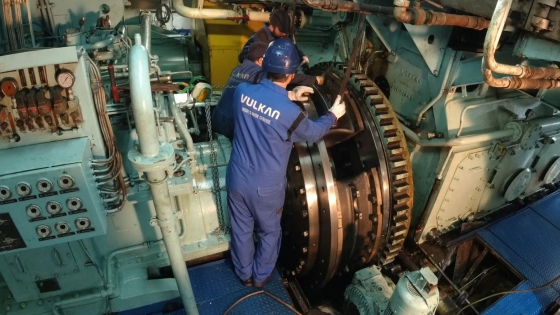
From a technical point of view, what were the most challenging steps of the replacement operation?
Giulio Alberti: The challenge for Vulkan was that the installation had to be performed in quite a restricted area. Another requirement was about not to change the equipment layout in the engine room, so we had no other option than providing a customized solution on an existing layout. In other words, we had to adapt our solution to a context that had dimensional restrictions.
After the very first surveys, we opted for our standard RATO S 531T coupling with a lot of customization work in order to meet the requirements of Grimaldi Group. Therefore, no machinery was moved, but only a small modification was made to some sections of piping that sided the main engines.
Once this stage was completed, we checked the alignment and more vibration controls were carried out to exclude abnormal vibrations. The results were more than satisfactory in terms of vibration management. (To be continued…)






